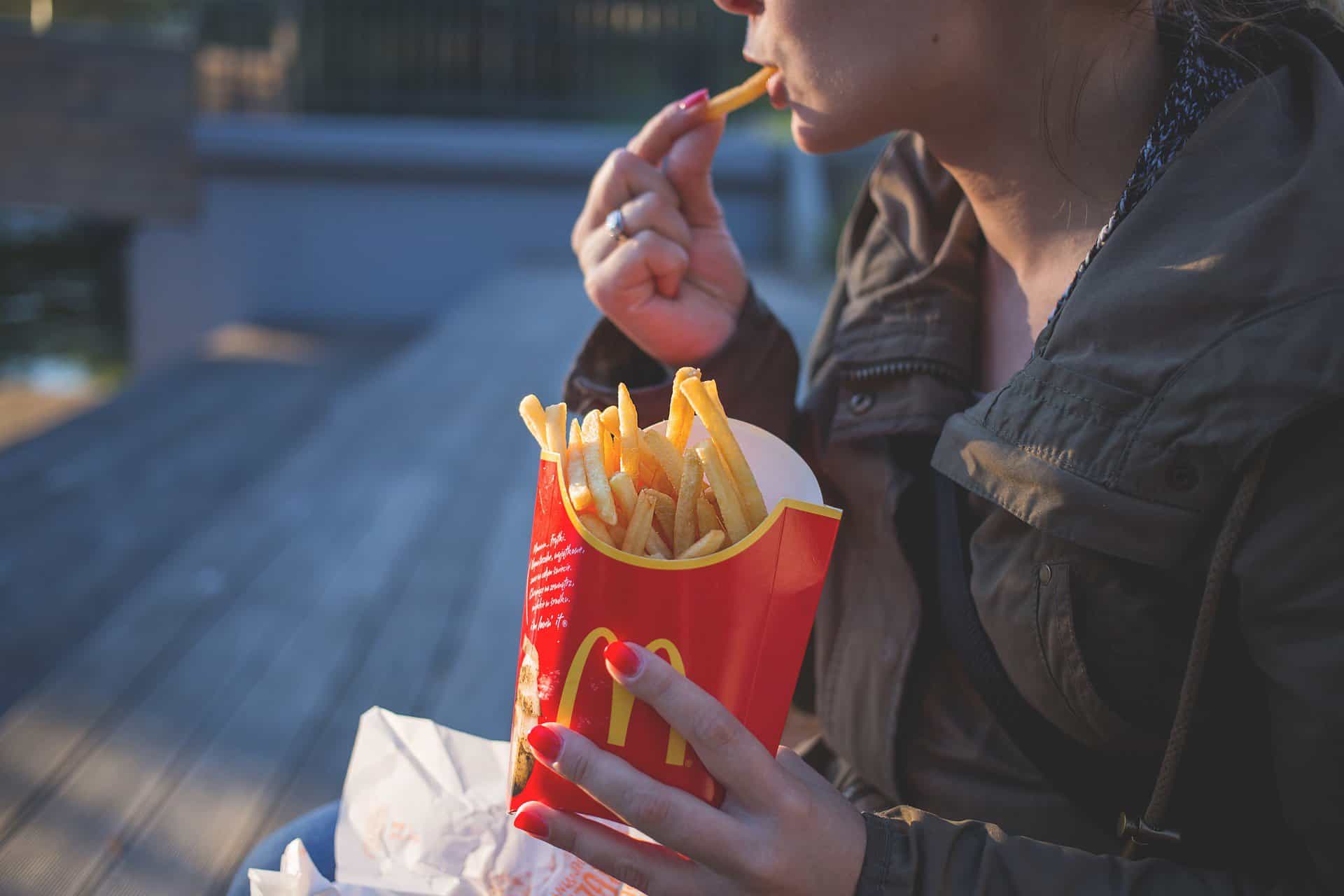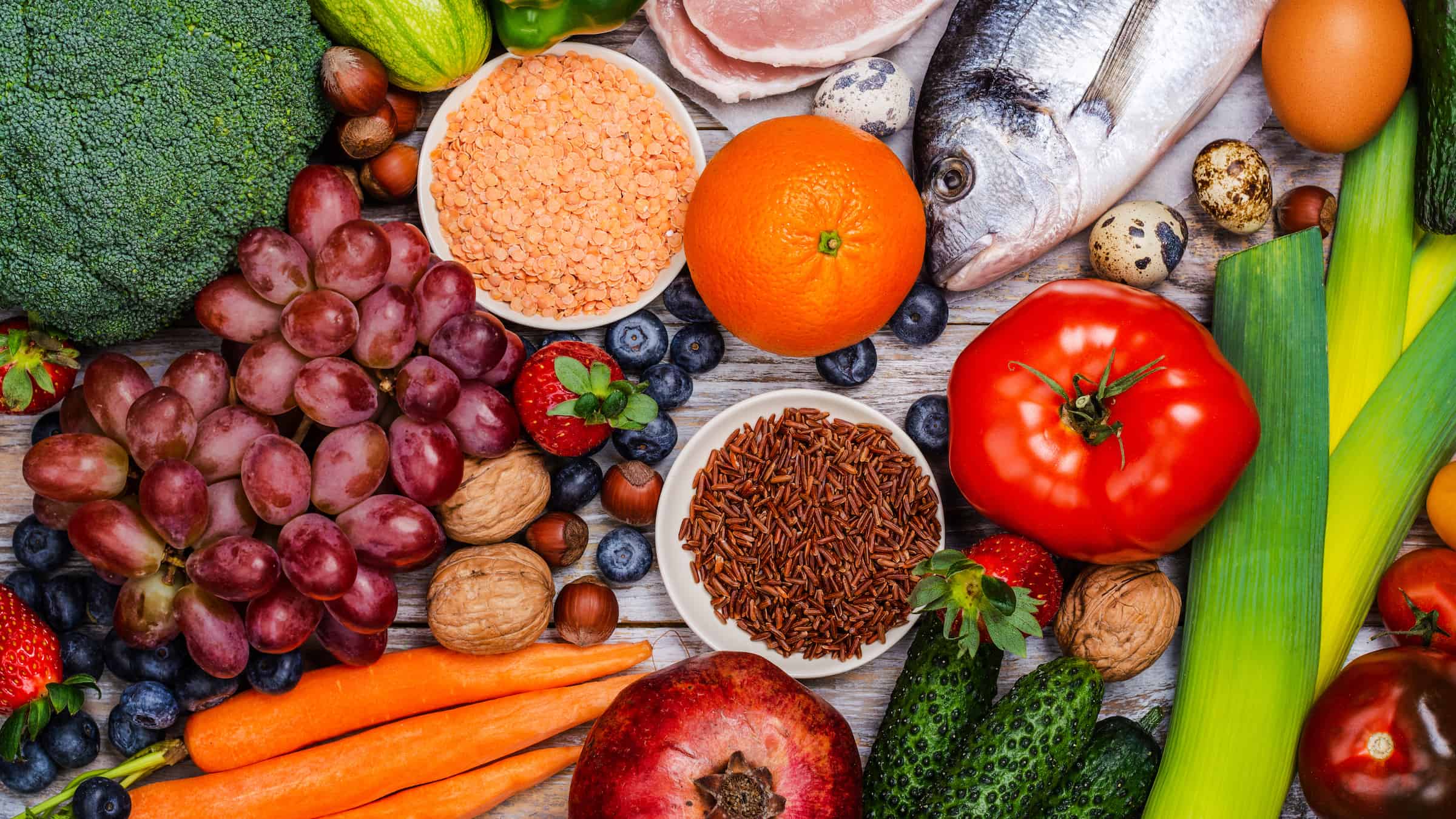It’s the mid-afternoon. An insistent salt craving hits. Much like a cold glass of water quenches thirst on a hot day, it feels as if this salty desire can only be satisfied by a bag of chips. Why is that? And is there anything you can do to satisfy your urge in a healthy way? Well, yes!
A salty situation
Sodium is the main component of salt and is a major mineral needed to regulate blood pressure. The American Heart Association recommends adults consume no more than 2300mg of sodium per day and 1500mg for people with certain medical conditions or older adults.
Unfortunately, nutrition surveys have found that most Americans are taking in much more than they need — about 3400mg per day. Eating a diet high in salty food can lead to an excess of sodium floating around in the bloodstream. To balance things out, the body retains and then pulls water into blood vessels, and this in turn leads to a higher than optimal blood volume, and over time high blood pressure. As a result, the heart must work harder to pump this larger amount of fluid throughout the body, and over time this extra pressure may lead to heart disease.
Why we crave salt
Besides a few rare medical conditions or dehydration, most cravings for salty food are learned responses related to stress, exhaustion, boredom, or premenstrual syndrome. The good news is, they can be unlearned. With some conscious effort, you can slowly reduce your desire for salty food and improve your health in the process. Here are some ways to normalize your salt cravings!
How to reduce salt cravings
1. Unprocess your diet
Most Americans don’t even realize they’re taking in excess salt. This is because the major source of dietary sodium is not coming from your salt shaker. According to the Centers for Disease Control and Prevention, the ten most common sources of salt in the American diet are breads and rolls, pizza, sandwiches, deli and cured meats, soups, burritos and tacos, savory snacks such as chips, pretzels and popcorn, processed chicken products, cheese, and salt added to eggs and omelettes.
Look back on your Noom food log to assess which of these items are frequent in your diet. Try cutting back on one of these items a few times a week. Swap sandwiches for salads, substitute deli meat with fresh chicken or turkey breast, or try veggies and dip instead of packaged savory snacks.
2. Try a salt substitute
Nutritional yeast, salt-free seasonings, and many herbs and spices can add the flavor you are looking for without the extra sodium. Nutritional yeast is a common product popular with those following a vegan or vegetarian diet. This yellow flaky powder is often found in the bulk aisle section of your local health food store. Many describe its flavor as nutty, cheesy, or salty, although it contains no sodium. It’s a popular topping for popcorn or eggs and is often used in many recipes, especially to add a cheese-like flavor.
The grocery store is full of many salt free seasoning options such as Mrs. Dash products or Lawry’s Salt Free 17 Seasoning mix or salt substitutes such as Morton Salt Substitute or Nu-Salt. Salt substitutes swap out sodium for potassium while maintaining a similar flavor. While most people can use these products with no concerns, they should be avoided by those with kidney issues. In addition, certain medications may interact negatively with salt substitutes, so be sure to check with your doctor first.
Fresh and dried herbs and spices can also be used to add flavor in a healthful way. In addition, homemade seasoning mixes can mimic many popular and traditionally salty flavors such as ranch or taco seasonings.
3. Seek satisfying salt-free recipes
If you’re willing to experiment in the kitchen, there are many snack recipes available on the internet that will satisfy your urge to crunch and savour at the same time. Get inspired with these recipes:
Real results with a personalized weight loss program
Take the quiz!

- No-Salt Kale Chips
- Homemade Granola Bars (Use salt free trail mix)
- Baked Beet Chips
- Roasted Chickpeas
- 5 Healthy Salt & Oil Free Popcorn Recipes
4. Be patient
In many cases, after about 2-3 months of cutting back on salty food, taste buds adapt to a low sodium diet. In turn, many individuals find that it takes much less salt to satisfy a craving.
If you want to change your habits for good, sign up for your 14-day Noom trial today!



